Witness is born and puzzles come together at the photographic moment, which is very simple and complete. The mind- finger presses the release on the silly machine and it stops time and holds what its jaws can encompass and what the light will stain. That moment when the landscape speaks to the observer. Lee Friedlander
It is always the instantaneous reaction to oneself that produces a photograph. Robert Frank
Making Dynamic Pictures
These compositional principals help you create a visual hierarchy in your photographs. These principals together with the framing and compositional elements from week2 ( angle of view ,rule of thirds, frame within a frame) to create an image that is an experience not just a photo of something.
Leading Lines – Lines can be actual lines in a photo or they can be created where two surfaces meet (an edge) Lines create visual activity in an image, leading your eye thru the image. They can be used to emphasize the subject, create perspective and depth or have an emotional value.
- Horizontal lines create stability
- Vertical lines create strength
- Diagonal lines create motion
- Converging lines create depth
- Curve lines create grace and allow eye to travel through image slowly
Patterns – many repeated elements. Break the pattern for visual interest
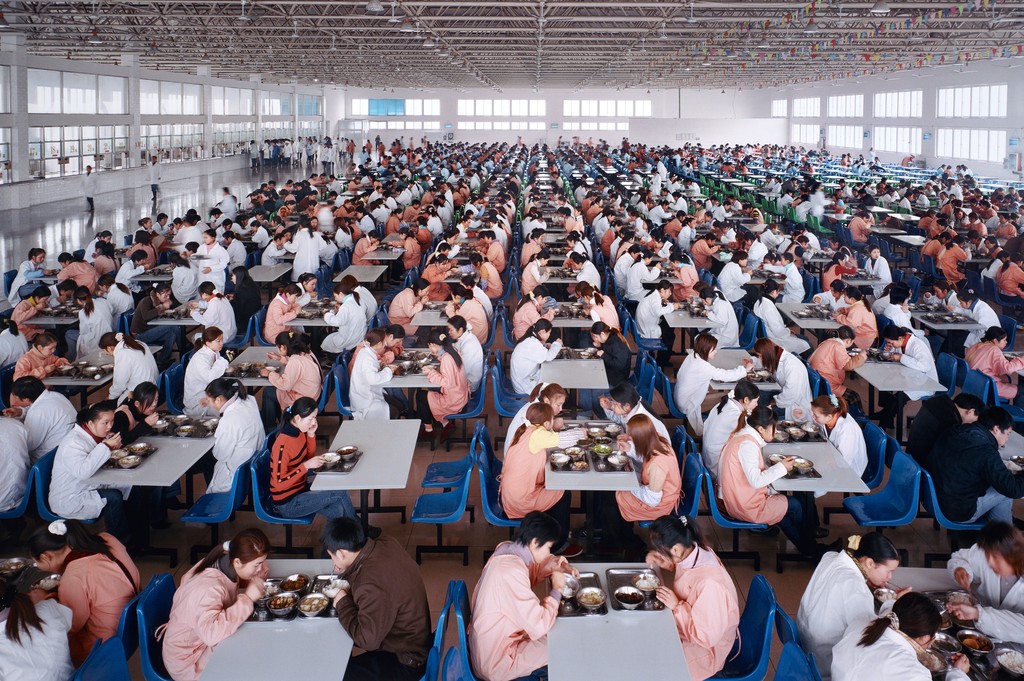
Repetition of forms – generally a few repeated elements
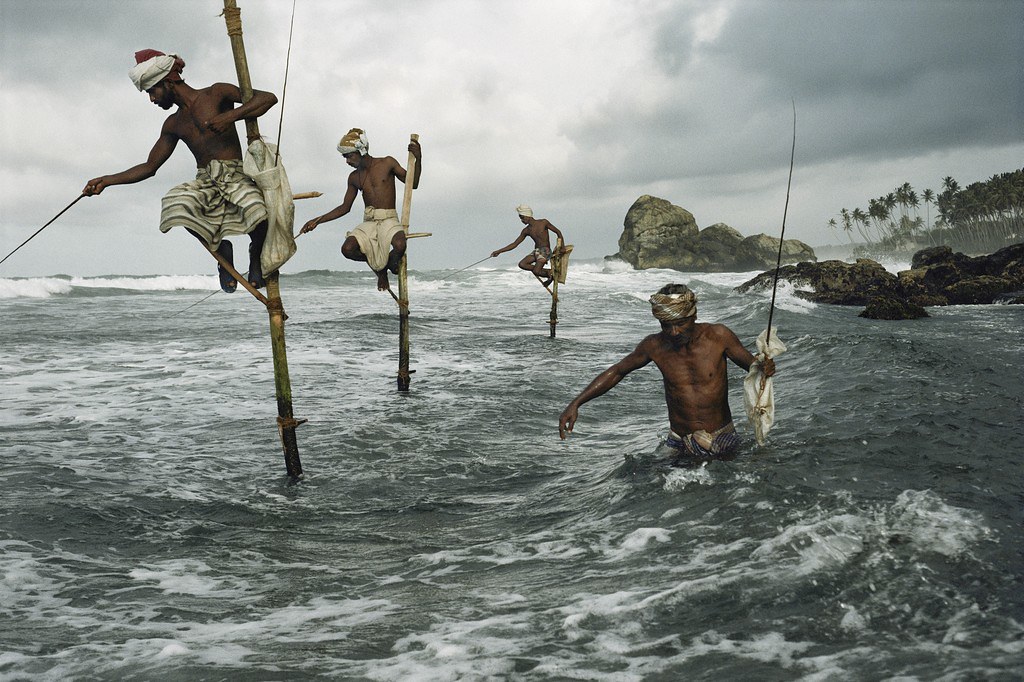
Figure to Ground -the relationship between the subject and the background sometimes described as negative and positive space.
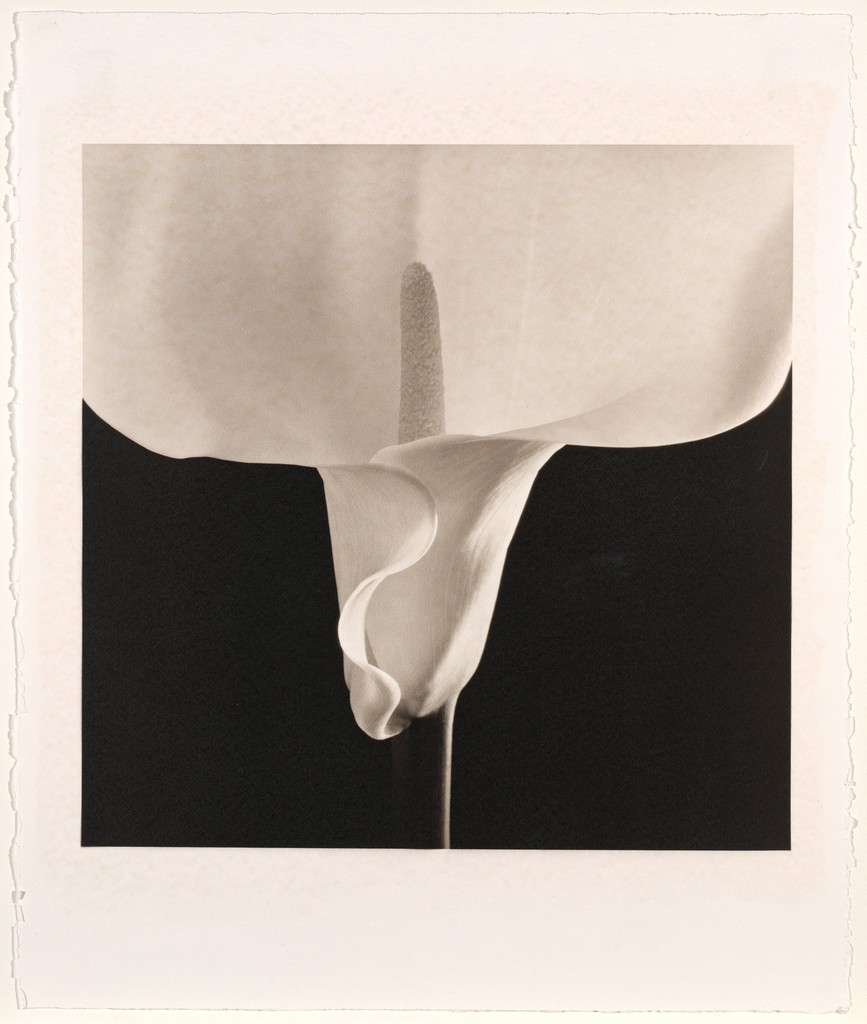
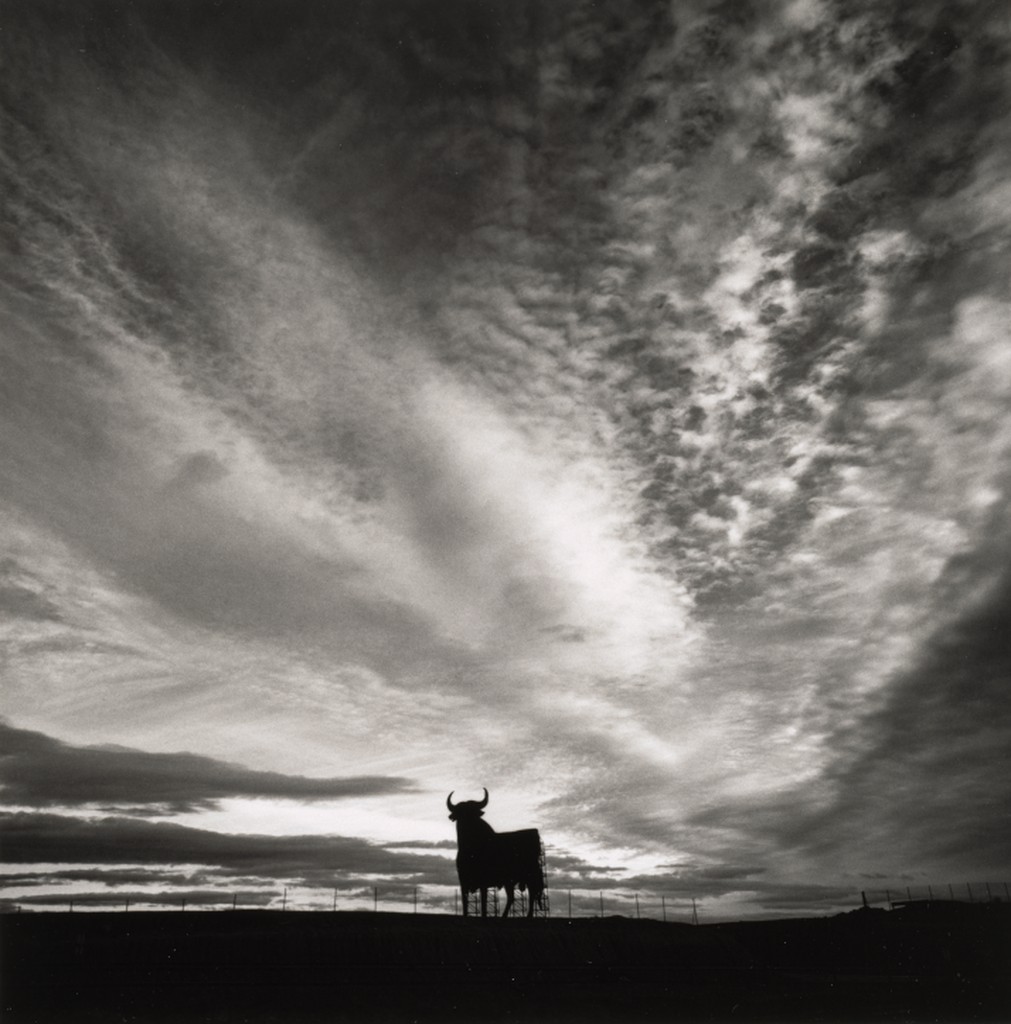
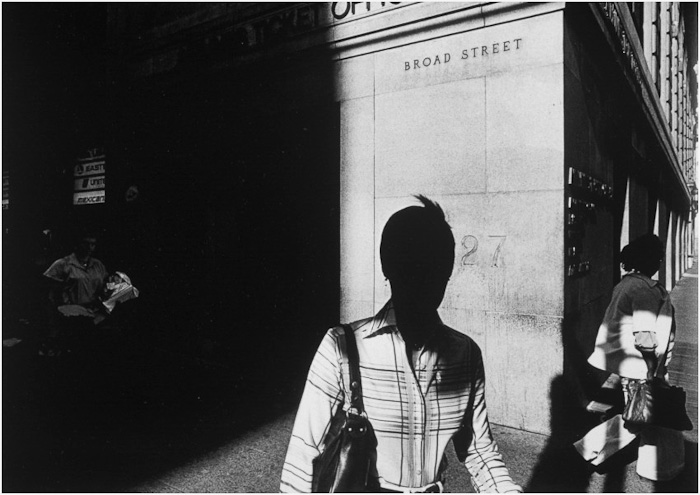


Symmetry – If you fold the image in half the two haves are very similar and have equal visual weight. Or make it asymmetrical to add tension to the composition.

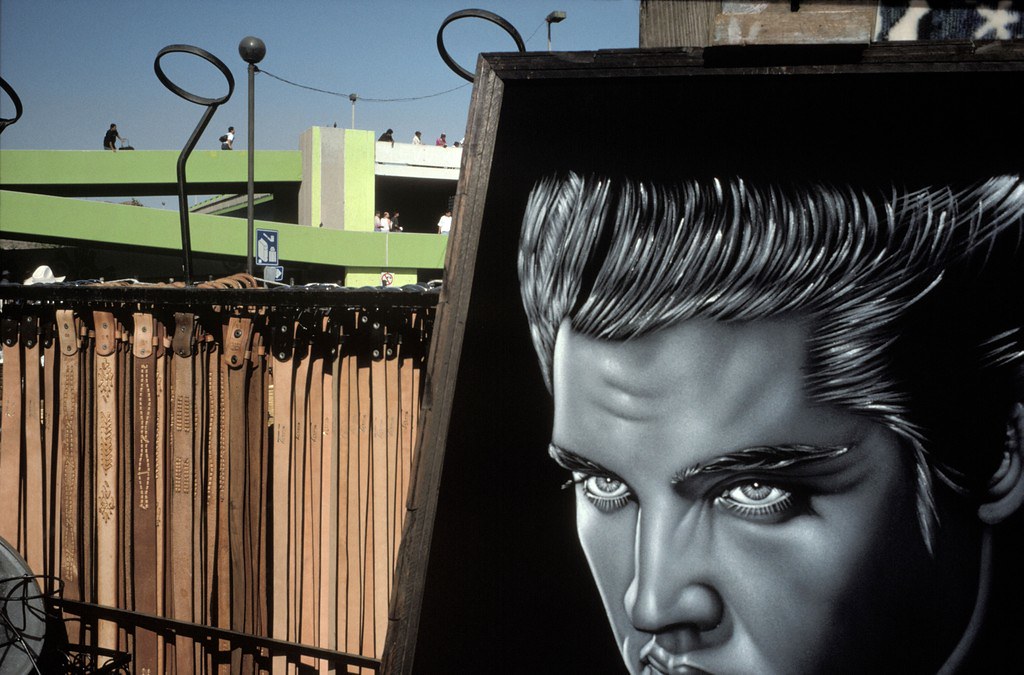
Mexico, Tijuana1995 Photographer: Alex Webb
Resources
Due next week:




Leave a Reply